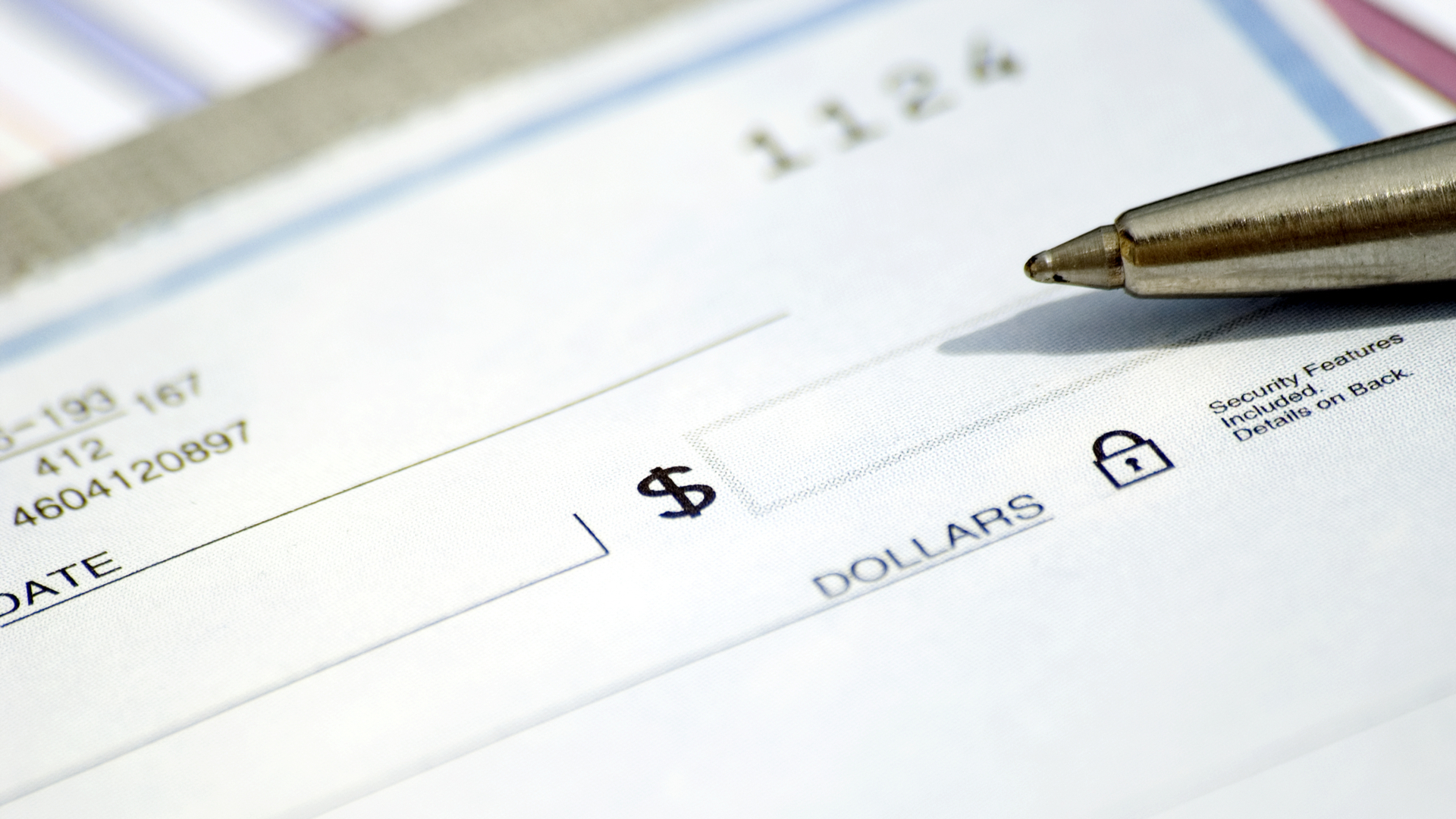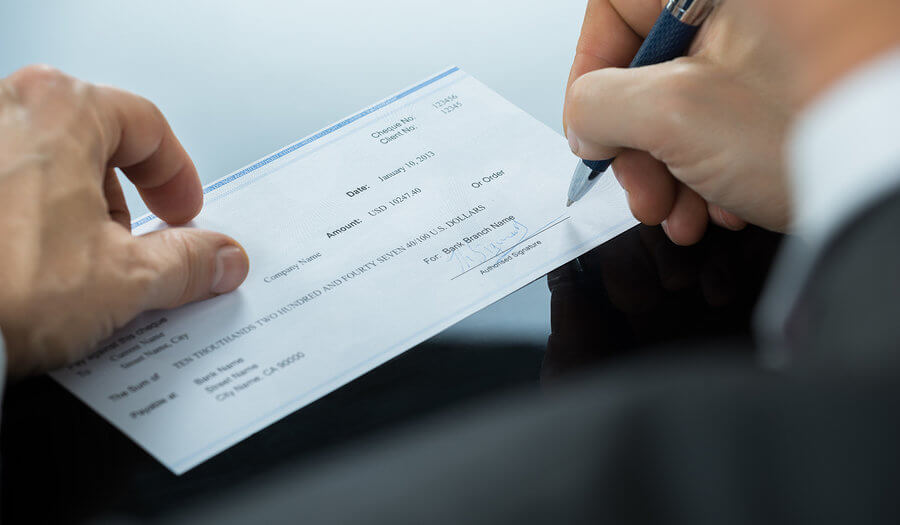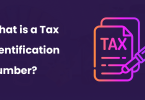Decoding Certified Checks: A Definitive Guide to Secure Transactions
In the landscape of financial transactions, certified checks emerge as a secure and trusted method, providing assurance to both payers and payees. This comprehensive guide aims to demystify certified checks, exploring their definition, purpose, differences from cashier’s checks, fraud prevention, associated fees, and considerations when using them.

Certified Check Unveiled: Assurance in Transactions
A certified check is a form of payment where the issuing bank guarantees the availability of sufficient funds in the account when the recipient decides to cash or deposit the check. Beyond ensuring fund availability, a certified check also authenticates the account holder’s signature, adding an extra layer of security to the transaction.
Why Opt for a Certified Check?
In various transactions, especially those involving substantial amounts, using cash might be impractical, and personal checks may pose risks of bouncing or being fraudulent. Certified checks address these concerns, offering a reliable solution that minimizes risks for both buyers and sellers.
Nessa Feddis, Senior Vice President at the American Bankers Association, highlights the fundamental purpose of a certified check: “The whole purpose of a certified check is to ensure the person who’s getting paid that there’s money behind the check.”
Certified Check vs. Cashier’s Check: Deciphering the Differences
Certified checks and cashier’s checks fall under the category of “official checks,” serving as alternatives to cash, credit, or personal checks. While both guarantee payment, their fundamental difference lies in the source of funds.
Cashier’s Check: The bank receives money from the purchaser, issues the check, and guarantees its payment at face value. Funds for a cashier’s check are drawn against the bank.
Certified Check: Funds for a certified check are drawn against the payer’s personal account. The bank verifies the account holder’s signature and ensures sufficient funds are set aside for the specified amount.
Understanding this distinction is crucial, as it determines the level of security and guarantees associated with each type of check.
Guarding Against Certified Check Fraud: A Priority for All Parties
While certified checks offer a high level of security, they are not immune to fraud. Recognizing the potential risks, it becomes essential to implement preventive measures:
Immediate Verification: Upon receiving a certified check, it is advisable to call the issuing bank immediately for verification. However, it’s crucial to obtain the bank’s official phone number from their website rather than relying on the number printed on the check, as counterfeit checks may include fake contact information.
Validation Process: Verify the check’s validity by providing the bank with the check number and the purchaser’s name. This ensures that the check is legitimate and minimizes the risk of falling victim to fraud.
Responsibilities and Risks: Understanding the Dynamics
One crucial aspect to note is the responsibility associated with handling certified checks. Deposited funds from a certified check are typically available the next business day. However, if a fraudulent check goes undetected, and the funds are withdrawn or utilized, the depositor may be held responsible for the entire amount.
Certified Check Fees: Exploring the Costs
The convenience and security of certified checks often come with associated fees. Many banks and credit unions offer certified checks, and fees can range from $15 or higher. Some financial institutions may provide reduced fees or waive them altogether for account holders. It’s advisable to check with your specific bank or credit union for accurate and up-to-date information on certified check fees.
Certified Checks in Practice: Real-World Scenarios
Certified checks find prominent usage in scenarios demanding certainty in transactions. Large sums of money, such as down payments for real estate transactions, often involve the use of certified checks. Despite the fees involved, the level of security and assurance they provide makes them a preferred choice in such significant financial dealings.
The Dynamics of Certified Checks: A Recap
In conclusion, certified checks play a vital role in fostering secure financial transactions. Their ability to guarantee funds, coupled with the authentication of the account holder’s signature, instills confidence in both parties involved. As technology continues to evolve, the importance of understanding and implementing secure payment methods becomes increasingly significant.
Whether you are a buyer seeking to provide assurance or a seller wanting secure payment, certified checks offer a robust solution. By staying informed about the nuances of certified checks, individuals can navigate the financial landscape with confidence, ensuring that transactions, especially those of substantial value, are conducted seamlessly and securely.
The Evolution of Certified Checks: Navigating Instant Transactions
In a world dominated by the need for immediacy, the financial landscape has undergone a significant transformation. As we continue our exploration of certified checks, we delve into the evolving dynamics of instant information, technological trends, and their impact on the use of certified checks.
The Need for Speed: Technological Trends in Financial Transactions
The realm of financial transactions has witnessed a paradigm shift, with technology playing a pivotal role in shaping the way we exchange value. Instant information, real-time processing, and seamless transactions have become the norm. Here are some key technological trends influencing the financial landscape:
Blockchain Technology: The emergence of blockchain has revolutionized the way transactions are recorded and verified. The decentralized and secure nature of blockchain ensures transparency and reduces the risk of fraud. While certified checks operate within traditional banking systems, the principles of blockchain technology highlight the potential for enhanced security in financial transactions.
Mobile Banking Apps: The ubiquity of smartphones has led to the widespread adoption of mobile banking apps. These apps offer users the convenience of managing their finances on the go, including the ability to deposit checks through mobile capture. While this may not directly impact certified checks, it reflects the broader trend of instant access to financial information.
Digital Payment Platforms: The rise of digital payment platforms, facilitated by companies like PayPal, Venmo, and Cash App, has introduced new ways of transferring money. While these platforms operate digitally, the underlying principles of secure transactions and instant transfers align with the assurances provided by certified checks.
Certified Checks in the Digital Age: Adapting to Instant Gratification
In a world where instant information is the expectation, how do certified checks, often associated with traditional banking processes, adapt to this demand for speed? Here are some considerations:
Digital Verification Processes: The verification of certified checks can benefit from digital processes. While the physical check may still be presented, digital verification methods can streamline the authentication process, reducing the time taken for confirmation.
Integration with Mobile Banking: Banks offering certified checks could explore integrating these services into their mobile banking apps. This would provide users with the convenience of initiating and tracking certified checks through the same platforms they use for day-to-day banking.
Blockchain Integration: Exploring the integration of certified checks with blockchain technology could enhance security and transparency. While the traditional banking system may have its established protocols, incorporating blockchain principles could add an extra layer of trust in certified check transactions.
Balancing Security and Speed: The Future of Certified Checks
As we envision the future of certified checks, the challenge lies in striking the right balance between security and speed. While instant information is a demand of the digital age, the assurance provided by certified checks is rooted in meticulous verification processes.
Banks and financial institutions must navigate this delicate equilibrium, leveraging technological advancements to expedite processes without compromising the integrity of certified checks. The following strategies could shape the future:
AI-Powered Authentication: Artificial Intelligence (AI) can play a significant role in streamlining the authentication of certified checks. Advanced algorithms can swiftly verify signatures and cross-reference information, expediting the overall process.
Secure APIs for Verification: Application Programming Interfaces (APIs) designed for secure verification can enable faster communication between banks during the certification process. This can reduce the time required for confirmation without sacrificing security.
Educating Users on Security Measures: In an era of instant information, user education becomes paramount. Banks can proactively educate users on recognizing the signs of fraudulent checks and the importance of immediate verification.
Closing Thoughts: Bridging Tradition and Innovation
As we embrace the era of instant information, certified checks stand at the intersection of tradition and innovation. While the fundamental principles of certified checks remain steadfast, the integration of technology holds the potential to enhance their efficiency and accessibility.
The future of certified checks lies in their ability to seamlessly blend with the expectations of a digitally-driven society. As financial landscapes continue to evolve, certified checks can carve a niche by offering a secure and trusted alternative in the fast-paced world of instant transactions.






